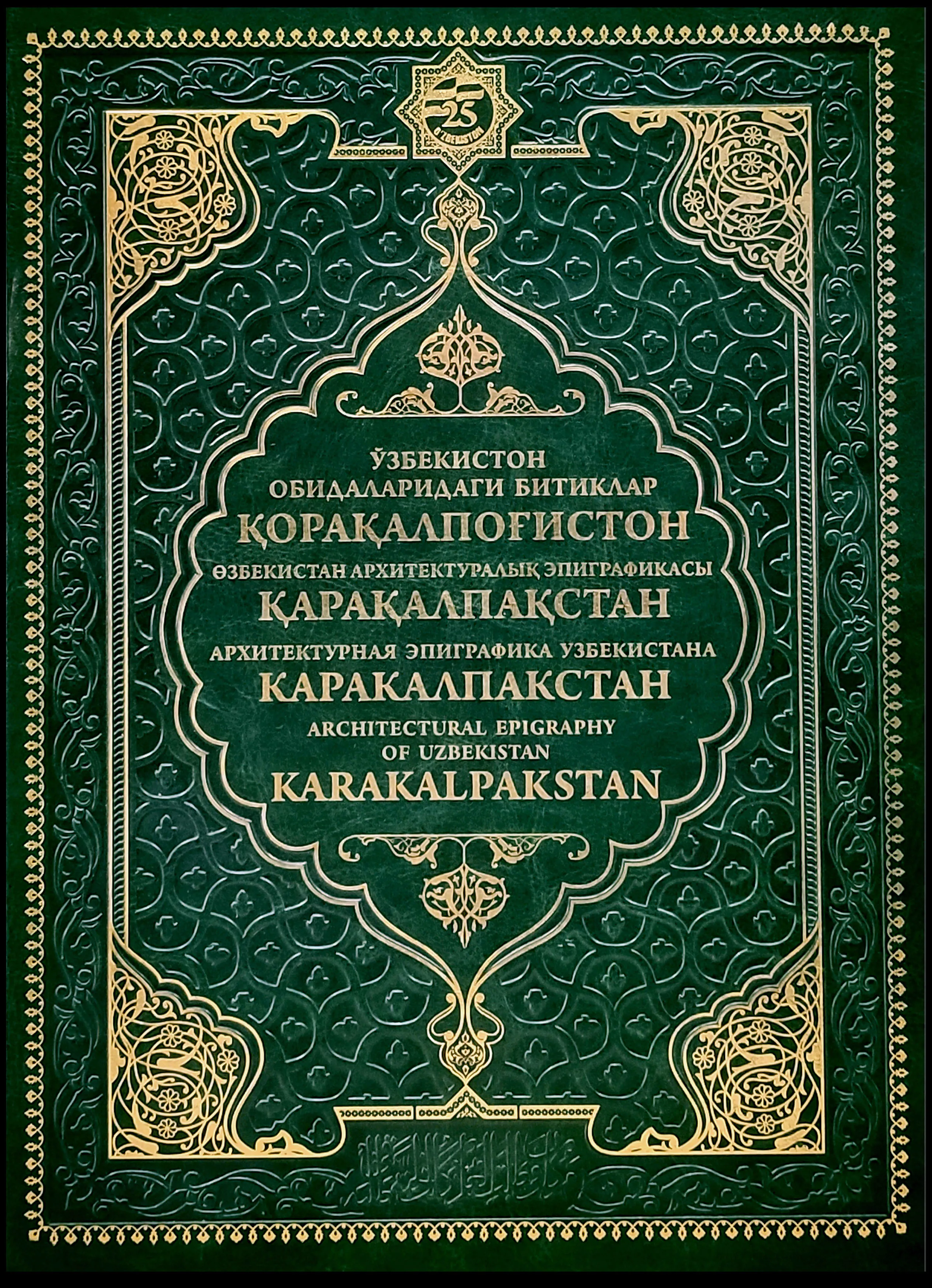АРХИТЕКТУРНАЯ ЭПИГРАФИКА УЗБЕКИСТАНА КАРАКАЛПАКСТАН
Описание
В данный том включены надгробные изображения под названием кулптас.
Это слово достаточно позднего происхождения и может истолковываться как «каменный ключ». Название связано с формой надгробия, отдаленно напоминающей замочную скважину. Эпитафии на кулптасах довольно грубых очертаний. Ученые могут прочитать на них не только информацию о покойном, его возрасте и племенной принадлежности, но иногда о его потомках, на чьи средства установлено надгробие.
Том посвящен памятникам эпиграфики, которые находятся на территории современного Каракалпакстана.
В альбоме представлены все известные на момент публикации памятники эпиграфики Республики Каракалпакстан разных эпох. Среди них памятники письменности, настенные росписи, обнаруженные на территории республики, которые были освоены человеком еще в каменном веке в эпоху неолита, первого тысячелетия нашей эры и средневековья.
Среди экспонатов, представленных в альбоме, – керамические плиты с историческими текстами из комплекса Наринджан-баба, переводы сохранившегося эпиграфического материала погребально-поминального комплекса – Мазлумхан-Сулу, расположенного на территории городища Миздахкан.

